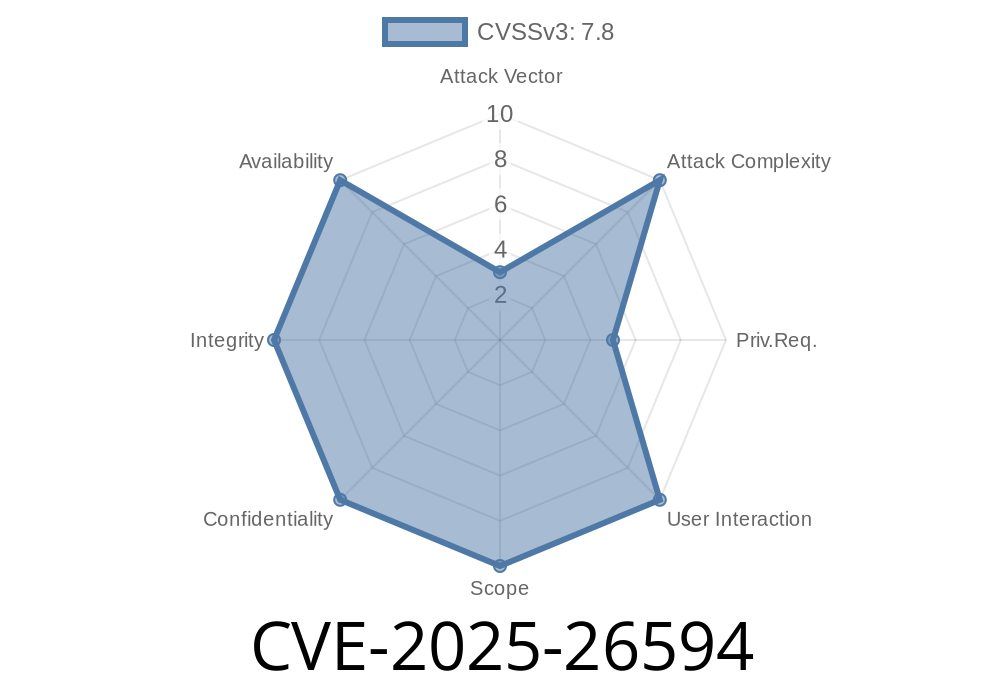The Common Vulnerabilities and Exposures (CVE) database has recently been updated with a new security vulnerability identifier, CVE-2025-26594. This particular vulnerability is a use-after-free flaw discovered in X.Org and Xwayland display server implementations. In simpler terms, these are the systems that help in creating graphics on your screen when using Linux or Unix-based operating systems.
To better comprehend the implications and details surrounding this CVE, we'll explore the following sections:
What is a use-after-free flaw?
A use-after-free vulnerability occurs when a program continues to use memory after it has been freed. This can lead to unexpected behavior in the program, including crashes or allowing an attacker to execute arbitrary code. Exploiting these flaws can potentially give a bad actor complete control of the targeted system.
The code snippet responsible for the issue
After careful investigation, the root cause of the flaw traces back to a global variable used for referencing the root cursor in the X server. For those unfamiliar, a cursor refers to the movable pointer on the screen controlled by an input device like a mouse.
Consider the following code snippet that contributes to this vulnerability
xcb_cursor_t root_cursor = XCreateFontCursor(display, XC_arrow);
XChangeActivePointerGrab(display, ButtonPressMask | ButtonReleaseMask, root_cursor, CurrentTime);
As evident from this code, the root cursor is referenced by a global variable named "root_cursor". If a client utilizing the X server, such as a graphical user interface, manages to free the underlying memory holding the root_cursor, the internal reference still points to that now-freed memory, leading to a use-after-free situation.
Here are the links to the original references that have documented and researched this vulnerability
- X.Org official website: https://www.x.org
- Xwayland official website: https://wayland.freedesktop.org/xserver.html
- Common Vulnerabilities and Exposures (CVE): https://cve.mitre.org/cgi-bin/cvename.cgi?name=CVE-2025-26594
Exploit details
Although there is no publicly available exploit for this vulnerability at this time, it is important to understand the potential risks associated with this flaw.
By exploiting such a vulnerability, an attacker can potentially execute arbitrary code on the affected system, revealing sensitive information, and taking over the compromised system completely. Therefore, it is strongly recommended that everyone using systems running the X.Org or Xwayland servers remain vigilant and maintain a watchful eye on any updates or patches that may address this CVE.
Conclusion
CVE-2025-26594 presents a significant use-after-free vulnerability in the X.Org and Xwayland display servers. Users of Linux and Unix-based operating systems must be aware of this flaw and its potential implications. Stay up-to-date on any security patches that might be released to address this issue and always practice safe computing habits.
Timeline
Published on: 02/25/2025 16:15:38 UTC
Last modified on: 03/17/2025 05:15:34 UTC
